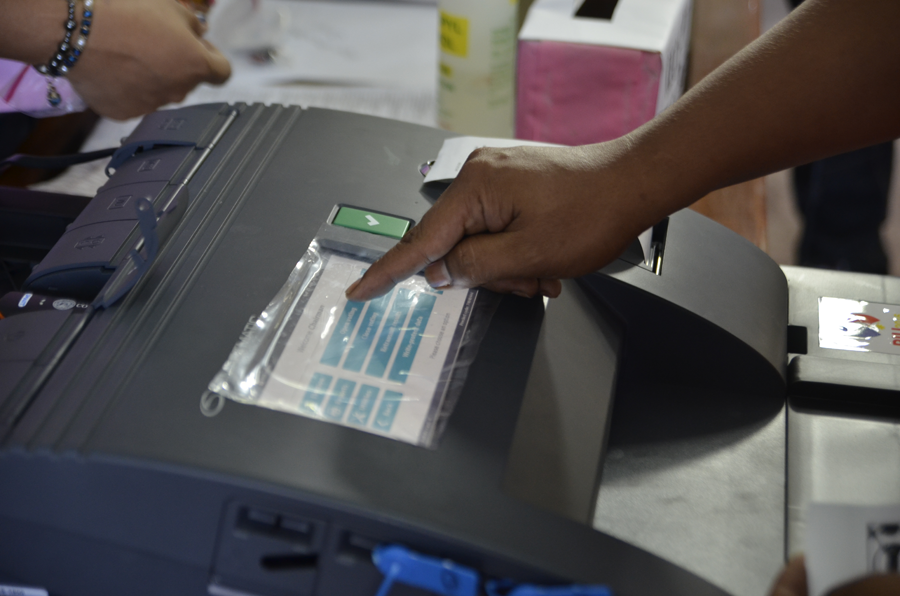
On May 9 the Philippines successfully conducted its nationwide elections. Thousands of candidates accepted the published results, and it looks like the turnout will have been the highest in the last two decades. These are positive outcomes that further confirm the Philippines as the election-automation leader in Southeast Asia.
Despite pre-election bluster on social media, the 2022 elections were secure, and the results are trustworthy. Philippine officials have a substantial pre-election audit process to validate the functionality of every component in its automated election system (AES). The pre-election audits are performed in front of observers from the major political parties and NGOs.
The source code is reviewed and certified by experts in the United States. All vote counting machines are subject to Hardware Acceptance Tests (HAT), evaluated against a Pre-election Logical Accuracy Test (Pre-LAT), and undergo field tests, mock elections, and final testing and sealing (FTS).
These types of processes, however, are pretty typical of what most election bodies do to ensure the integrity of their systems.
For more great articles, subscribe to the Election Insight newsletter. It’s free.
Historically, the AES has been effectively perfect in its accuracy as determined by post-election Random Manual Audits (RMA). The RMA results in 2010, 2013, 2016 and 2019 showed the counting machines’ accuracy reaching 99.58%, 99.62%, 99.98% and 99.99%, respectively. For this election, poll watchdog PPCRV said that not discrepancies have been found in its validation of electoral returns from VCMs in the 2022 elections.
What really separates Philippine elections – and what makes their success all the more remarkable – are the challenges to staging a one-day election across the archipelago nation of some 7,600 islands:
- 67+ million registered voters/53+ million turnout (82%)
- 18,103 local positions
- 5,572 contests
- 106,000+ Vote Counting Machines (VCMs)
- 37,000+ polling centers
- 107,000+ clustered precincts (in country)
- 1,600+ clustered precincts (worldwide)
- 1,718 canvassing/consolidation centers
It takes a small army of people and resources to execute on such a scale and in such challenging conditions, yet it gets done efficiently and effectively and with few flaws. Most importantly, the Filipino people stepped up to make system work. From poll workers to logistics support teams to volunteers at the local level, the people of the Philippines stepped up. Today, the Philippines is a model in Southeast Asia for how to do automated elections the right way. Filipinos should be proud.
